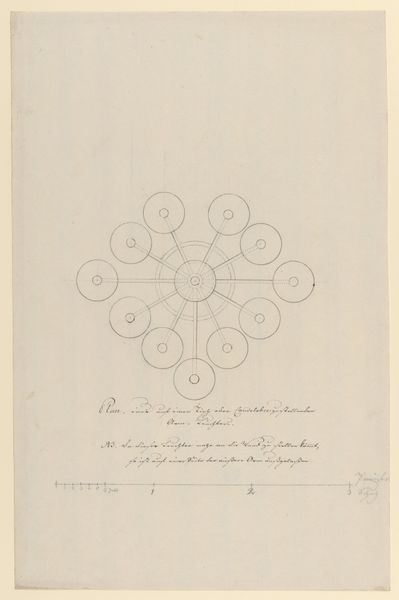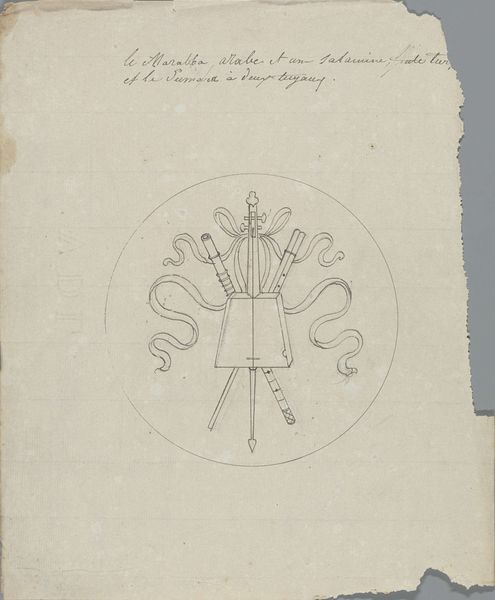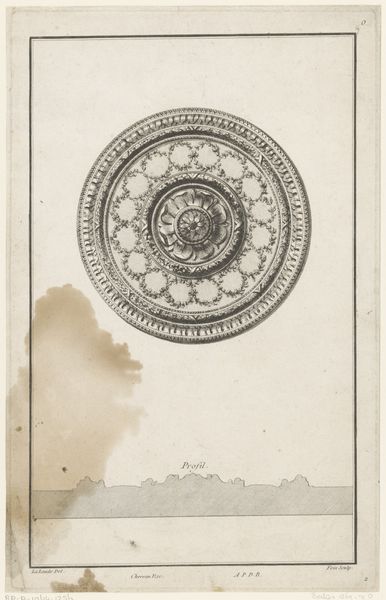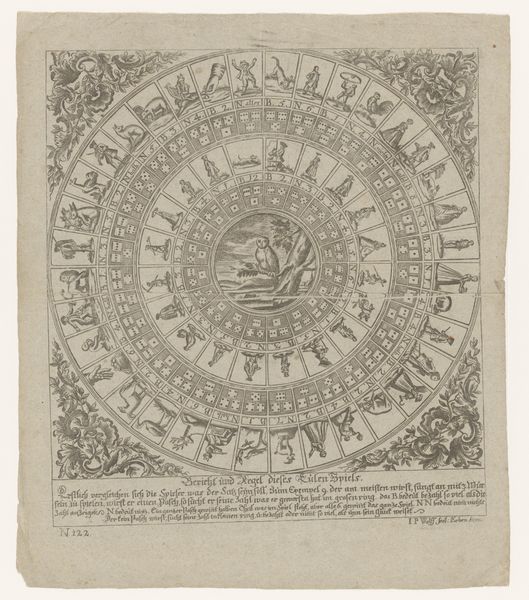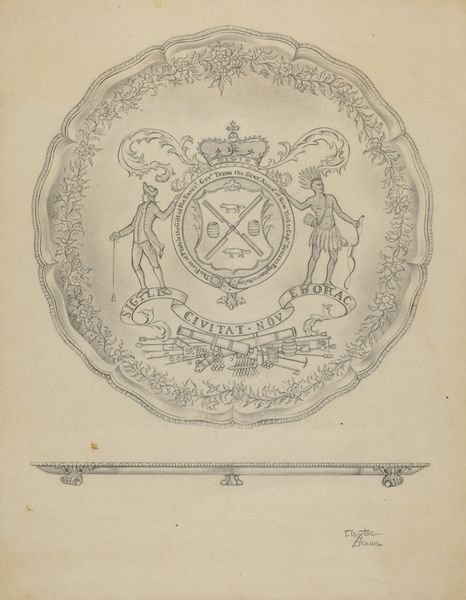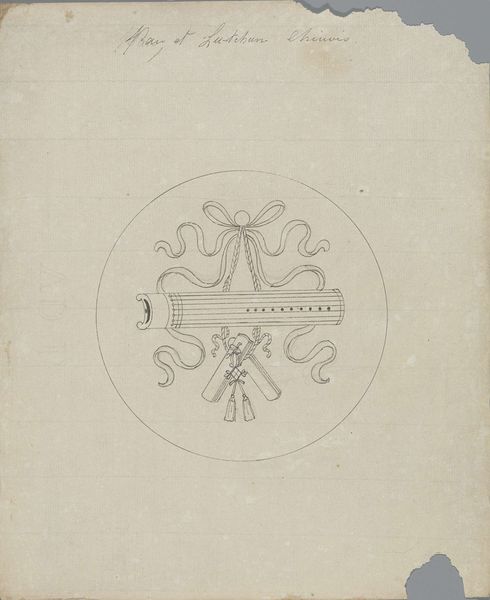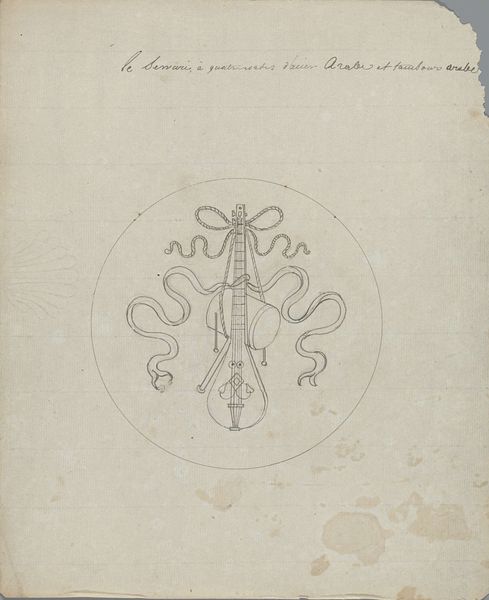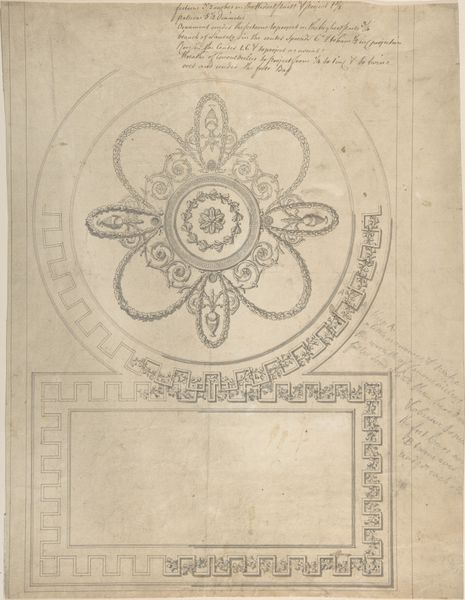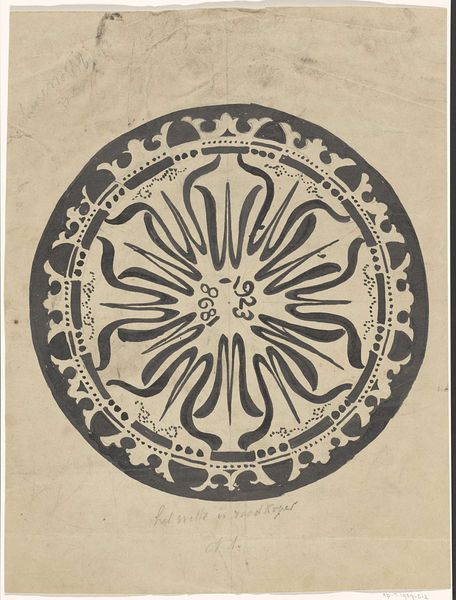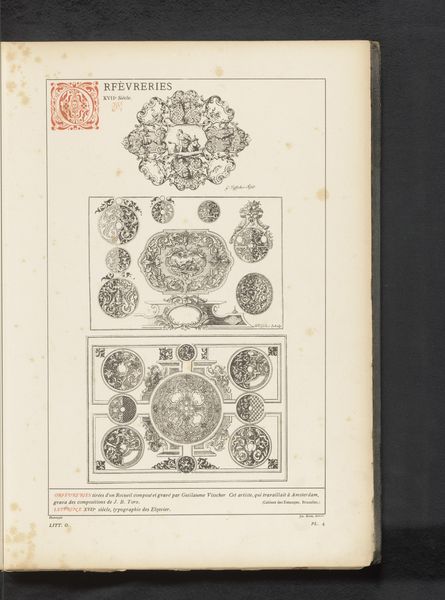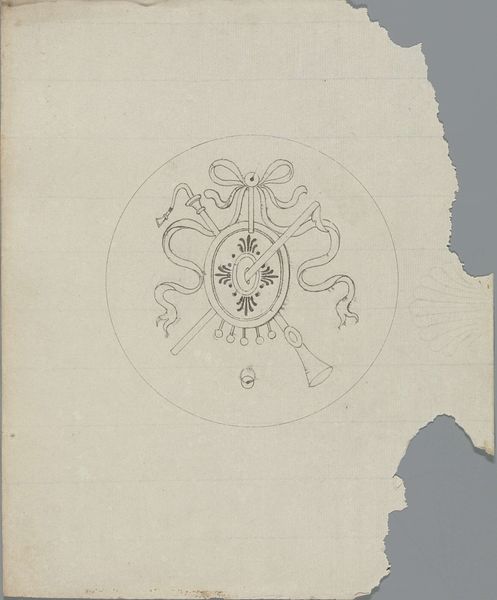
drawing, lithograph, print, ink
#
portrait
#
drawing
#
dutch-golden-age
#
lithograph
# print
#
ink
#
geometric
#
pen-ink sketch
#
genre-painting
Dimensions: height 241 mm, width 202 mm
Copyright: Rijks Museum: Open Domain
Curator: This intricate lithograph is titled "Napoleon en zijn veldheren," possibly dating from between 1861 and 1865, created by Derk van Essen. It depicts Napoleon surrounded by portraits of generals. My immediate reaction is a sense of contained power; the circular composition, with its repeating portraits, creates a feeling of both control and perhaps inescapable destiny. Editor: It strikes me as a very formal representation of power. The almost clock-like arrangement evokes associations with cyclical authority, and the monochrome style really drives home the weight of tradition and legacy. Curator: Precisely! And note how van Essen uses the circular format. He's drawing on the visual language of maps and celestial charts, giving Napoleon an almost cosmological significance. This elevates Napoleon’s image from military leader to an almost deified figure. The inclusion of his marshals in this design underscores their intertwined destinies, with each face meticulously rendered. Editor: It’s interesting how the images themselves, almost like cameos, nest within this ornamental setting. These symbolic frameworks really shaped the reception of such figures. Napoleon wasn't merely a general; he was constructed by this elaborate iconography of leadership and power. The classical style and formal rendering also reference ideals and myths around great rulers. Curator: Exactly. And don’t forget the social and historical context. This work comes long after Napoleon's reign, reflecting how his legacy was carefully shaped and remembered. What purpose did this drawing serve during that time? The piece may well represent an attempt to reclaim national pride through historical connection. We must study this connection to learn how Napoleon's influence spread culturally through Europe, especially concerning the arts and propaganda, if we look at its reception in that light. Editor: Indeed, it demonstrates how imagery serves as a crucial conduit for solidifying historical figures, with symbolism ensuring his cultural perpetuity. It speaks of something lasting and bigger than what the lithograph depicts at first glance, which can easily resonate throughout various periods in time. Curator: Considering the piece as a historical record and piece of artistic expression, I think we start to unlock its enduring significance. Editor: Absolutely, analyzing this print’s symbolic power, really drives home its enduring impact and role in shaping memory.
Comments
No comments
Be the first to comment and join the conversation on the ultimate creative platform.
